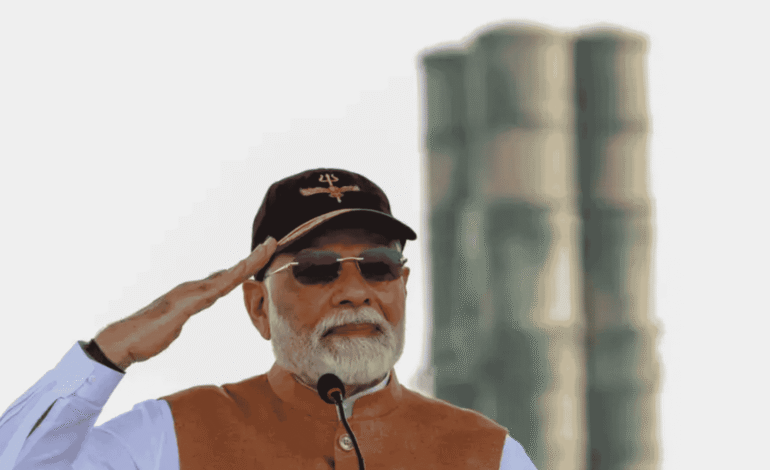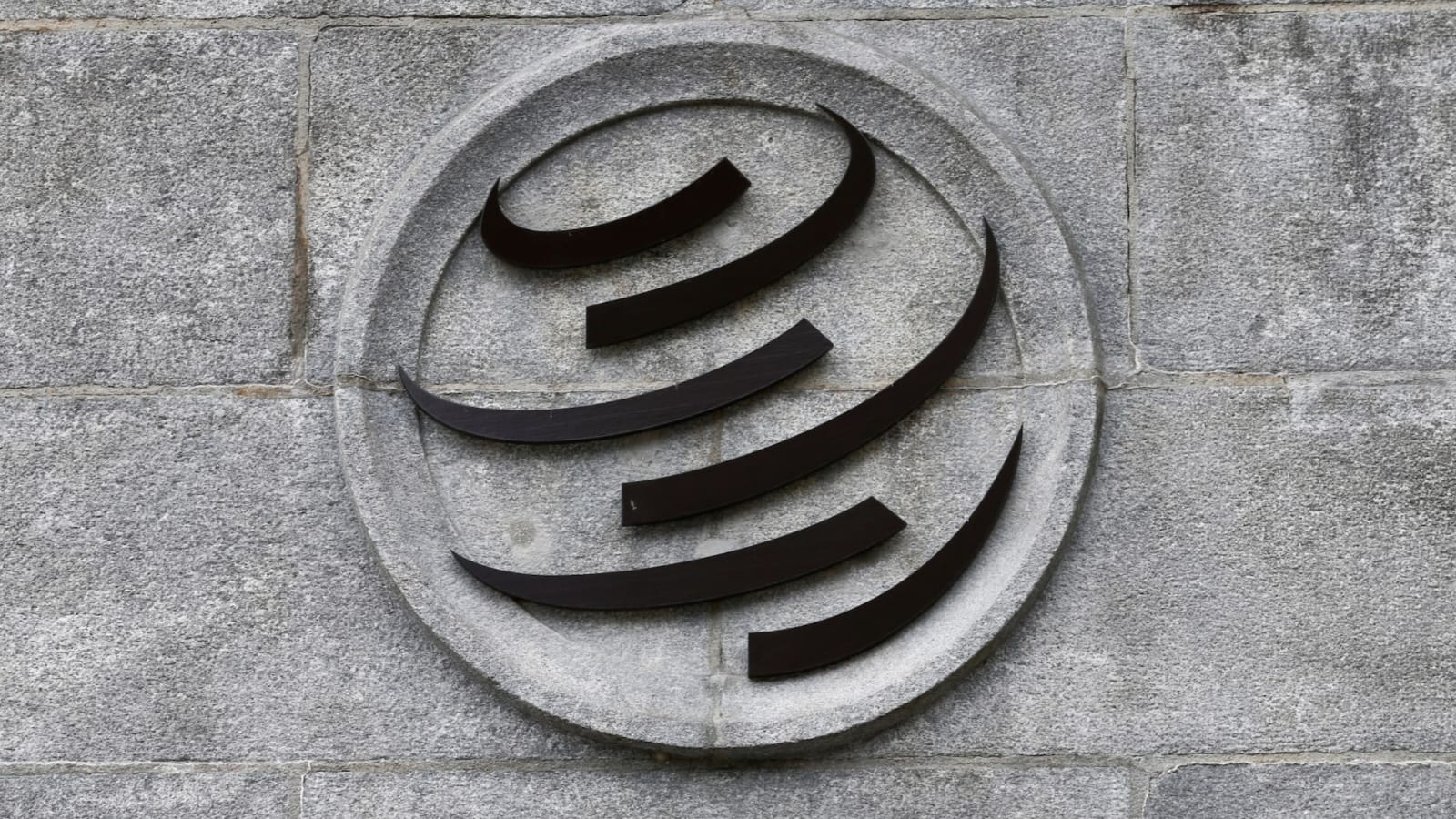Sudarshan Chakra: India’s Game-Changing Air Defence System

India’s air defence has undergone a significant transformation with the induction of the S-400 Triumf missile system, now renamed Sudarshan Chakra. Purchased under a $5.43 billion deal with Russia in 2018, the S-400 is among the most advanced long-range surface-to-air missile systems globally. Its deployment boosts India’s capacity to detect, track, and eliminate a wide range of aerial threats—such as enemy aircraft, drones, cruise missiles, and ballistic missiles.
Renaming the system as Sudarshan Chakra—after a divine weapon from Indian mythology—reflects India’s fusion of cultural identity and modern military capability. It also signals a move toward a more self-reliant and assertive defence posture.
Strengthening the India-Russia Strategic Defence Partnership
India’s decision to procure five regiments of the S-400 in 2018 marked a new phase in its long-standing defence ties with Russia. The choice was based on the S-400’s proven effectiveness, ability to tackle multiple threats at once, and its compatibility with India’s military infrastructure and varied terrain.
Despite diplomatic pressure and global scrutiny, India prioritized its strategic needs. Three regiments have already been delivered and positioned at critical points near the borders with China and Pakistan. The remaining two regiments will be operational by 2026, further strengthening India’s air defence shield.
Technical Features of the Sudarshan Chakra
The Sudarshan Chakra is a highly advanced missile system developed by Russia’s Almaz-Antey. It can intercept threats at distances up to 380 km and altitudes of 30 km. Its biggest advantage lies in its multi-missile capability, allowing it to fire short, medium, and long-range missiles from the same platform. This feature enables India to address multiple threats simultaneously and from various directions.
The system also integrates with cutting-edge radar and command modules, allowing seamless communication between units. This integration supports the creation of a multi-layered air defence network across critical areas, military bases, and urban centers.
Cultural and Psychological Value of the Name
Renaming the system Sudarshan Chakra holds symbolic importance. In mythology, it is the divine spinning weapon of Lord Vishnu, used to eliminate evil and protect righteousness. This connection to heritage instills a sense of national pride and cultural continuity.
The name also supports the “Atmanirbhar Bharat” (self-reliant India) vision by embedding imported technology into India’s national defence identity. It reinforces a psychological message of strength and sovereignty, projecting India as a nation ready to protect its interests with both tradition and technology.
Strategic Deployment Across India’s Borders
India has deployed the S-400 regiments at high-risk border regions, focusing on areas prone to airspace violations. These deployments are designed to secure large zones, including densely populated cities and important military infrastructure.
The Ministry of Defence describes the system as forming a “continuous and effective air defence shield.” Its mobility—mounted on easily relocatable vehicles—adds tactical flexibility. The S-400’s quick reaction time and real-time tracking make it ideal for adapting to fast-changing threats.
Russia’s Commitment to Timely Delivery
Russian Deputy Ambassador Roman Babushkin confirmed that India will receive the final S-400 units by 2026. Speaking to the Press Trust of India (PTI), he stated, “As far as my knowledge goes, the contract for the remaining S-400 units will be according to the schedule… I think it will be done in 2025, 2026.”
This assurance comes despite global supply chain disruptions and reflects the strength of the India-Russia defence relationship. Timely delivery also gives India the ability to plan for integration, system maintenance, and training.
Global Impact and NATO’s Concerns
The deployment of the S-400 has drawn global attention. NATO countries view it as a serious threat to modern air forces, especially stealth aircraft. Its radar capabilities and range limit the operational freedom of foreign air forces near the system.
India, however, has maintained its strategic autonomy. While building ties with countries like the U.S. and France, India continues to make its own independent defense decisions. The S-400 acquisition is a result of this balanced policy, showing that India’s choices are based on security priorities, not alliances.
Looking Ahead: Integration and Future Upgrades
With full integration expected by 2026, India is preparing for the next phase. Personnel have undergone advanced training in Russia, and live-fire drills are helping ensure smooth system operation.
India’s broader defence strategy includes upgrading command systems, strengthening cyber protections, and expanding indigenous participation in future air defence projects. Potential joint ventures and technology transfer discussions with Russia may lead to local manufacturing of advanced systems, supporting the growth of India’s defence industry.
A Defining Moment for National Defence
The S-400 Sudarshan Chakra marks a pivotal step in India’s military evolution. Once fully deployed, the system will provide a robust, responsive, and multi-layered air defence network capable of countering modern aerial threats.
Beyond its technical edge, the Sudarshan Chakra stands as a symbol of India’s defence ambitions, blending mythology with modernity and autonomy with international cooperation. It highlights India’s growing confidence in shaping its strategic future.







